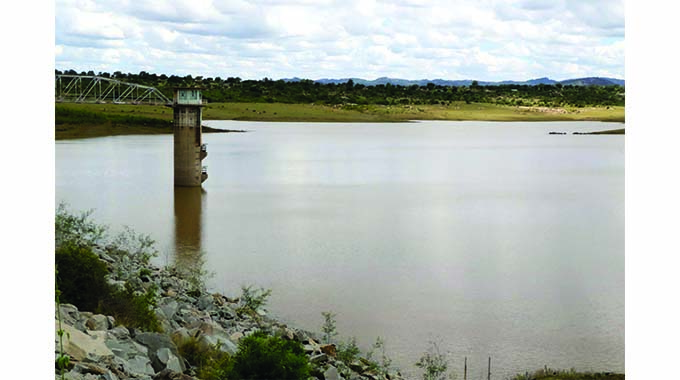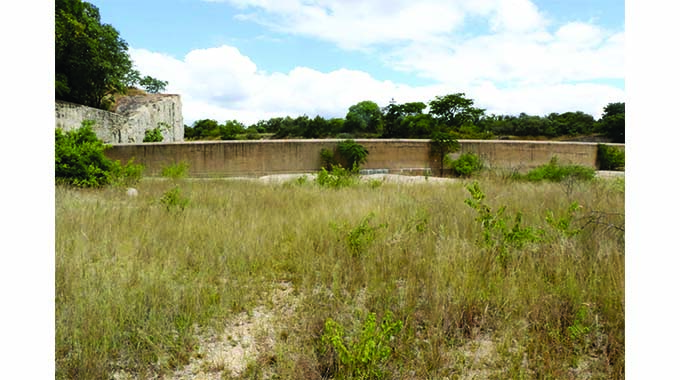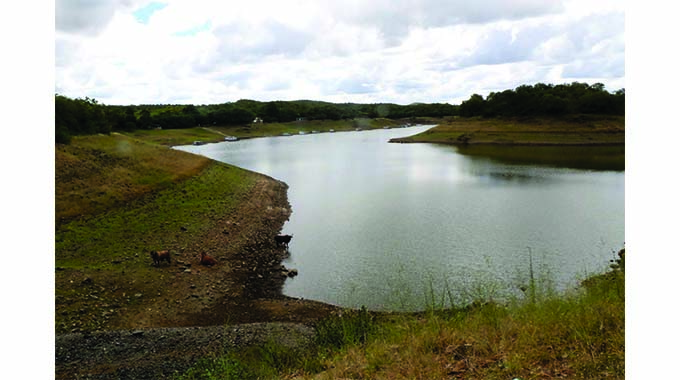
Vusumuzi Dube, Online News Editor
BULAWAYO residents are likely to go throughout the year enduring a stringent water shedding regime as the city’s supply dams failed to collect significant amounts of water from the rains, among other reasons.
The development comes amid revelations that two of the city’s dams — Lower Ncema and Umzingwane are likely to be decommissioned by August if nothing happens to improve their water levels. Bulawayo is on a 72-hour water shedding regime although it constantly replaces it with a temporary restoration schedule owing to erratic power supplies to its treatment works. Sources at council said the city was likely to experience water shedding throughout the year to manage the available water in supply dams.
Bulawayo City Council’s corporate communications manager, Mrs Nesisa Mpofu said inflows to the city’s dams have remained low since the beginning of the rainy season with dams overally 59,43 percent full, an improvement of about 20 percent since the rains started.

A dry section inside Inyankuni Dam
“Water available at each of the city’s dams can last the city up to the end of the following dates; Insiza Mayfair, 3 March 2026; Inyankuni, 10 May 2026; Lower Ncema, 6 July 2023; Umzingwane, 1 Aug 2023; Upper Ncema, 17 July 2024 and Mtshabezi, 12 July 2027,” said Mrs Mpofu.
According to daily statistics supplied by the local authority, Mtshabezi Dam, which has a carrying capacity of 51 996 000 cubic metres is pegged at 83,7 percent of its capacity, Insiza Mayfair, with a carrying capacity of 173 491 000 cubic metres is 76,5 percent full, Inyankuni, which has a carrying capacity of 80 781 000 cubic metres is 44,9 percent full and Upper Ncema which has a carrying capacity of 45 458 500 cubic metres is 47,5 percent full.
Lower Ncema, which has a carrying capacity of 3 776 490 cubic metres is 25,7 percent full and Umzingwane, with a carrying capacity of 44 663 500 cubic metres is 16,8 percent full.
A Sunday News crew on Friday visited some of the dams to observe their state and were met with a dire situation. At Lower Ncema and Inyankuni the water does not even reach the dam wall while at Umzingwane a better part of the dam tower is exposed, with council officials operating at the dams saying this year could likely be the worst in the city’s water shortage history.
Questioned on the possibility of the water shedding going right through the year, Mrs Mpofu said it was still too early to tell, as they still hoped to receive more rainfall to boost the inflows.
“It’s still too early to say if shedding is going to be implemented up until the end of the year as the rainy season hasn’t lapsed.
“The city is officially on the 72-hour shedding period. However, it is overridden by daily restoration strategies due to load shedding at our plants at Umzingwane, Inyankuni, Ncema and Fernhill that affects our Reservoir levels resulting in reduced storage volumes.

Lower Ncema
“The shedding regimes review will be influenced by the Total Storage volume at the end of the rainy season,” she said.
The council spokesperson said the erratic power supply due to load shedding at Ncema, Fernhill, Inyankuni and Umzingwane has resulted in reduced pumping for treatment of water, compromising the city reservoir levels and leading to some city areas going for over three days without access to water.
“Council has adopted daily restoration strategies whereby supply areas are being opened dependent on the morning city reservoir levels.
“Council has liaised with the Zimbabwe Electricity Transmission and Distribution Company (ZETDC) to communicate intention to load shed so as to prevent pumps losing their settings when power is restored as sudden power cuts result in delayed pump start-ups at return of power.
As the city continues to experience load shedding at its water installations, it is a challenge to religiously observe the current water shedding regimes since production, pumping, storage and supply are depended on power availability at these plants,” said Mrs Mpofu.
She said as a local authority they were looking at the Government’s intervention through projects such as the Lake Gwayi-Shangani to help alleviate water challenges in the city.
“We are looking at increasing available sources through Government interventions in projects such as the Lake Gwayi-Shangani and also improvement of security, abstraction and delivery from both Epping Forest and Rochester.
Further there is need for treatment and pumping capacity improvement through treatment plant rehabilitation and pump repairs and replacement, for example the replacement of the old KSB pumps with the Flowserve pumps,” she said.